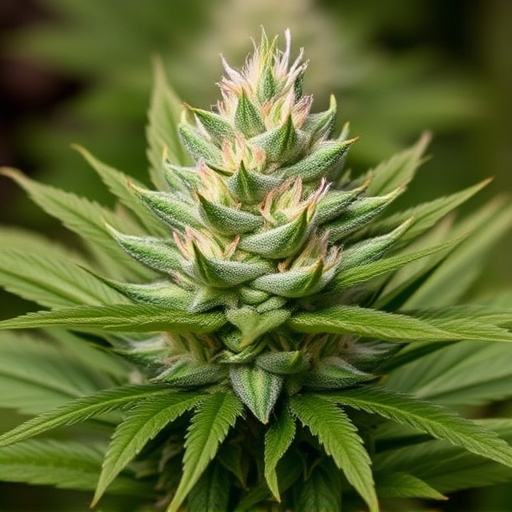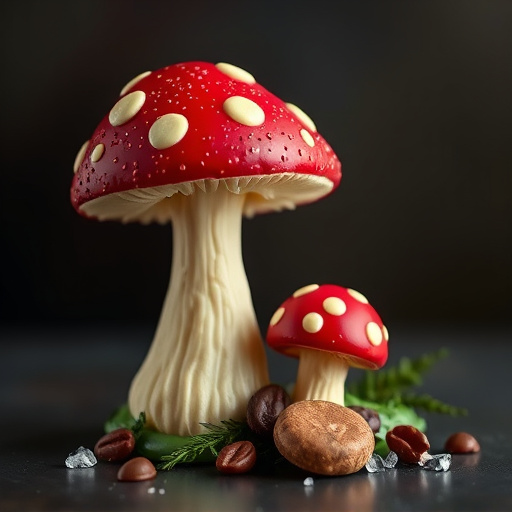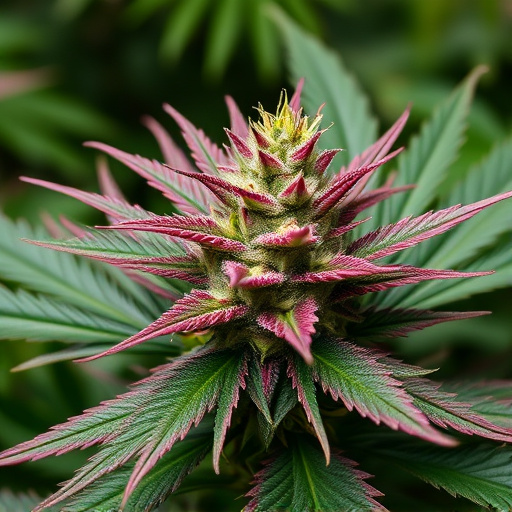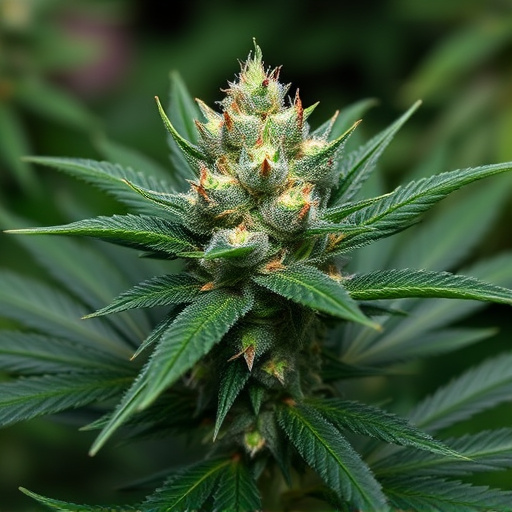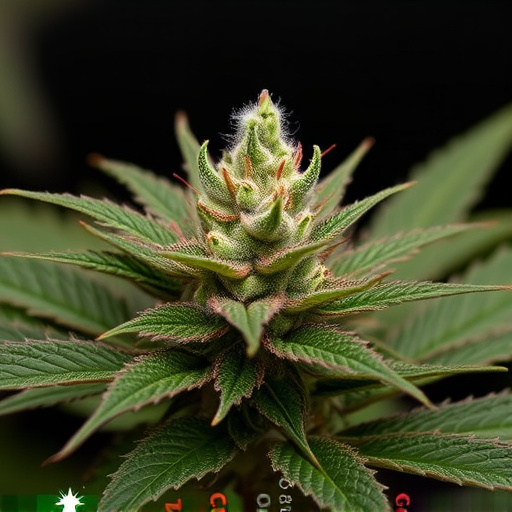When selecting cannabis for culinary infusions, prioritize high-quality top cannabis strains with balanced cannabinoid profiles (like THC and CBD) and desirable terpene compositions. Popular choices include Indica and hybrid varieties known for potent THC, as well as cultivars renowned for unique aromas like Blue Dream's fruity notes or Granddaddy Purple's earthy sweetness. Opt for cultivators known for consistent quality to ensure superior strains for culinary creations. Understanding top cannabis strains and their terpene profiles is crucial for controlling the effects and enhancing the overall experience of infused food.
Discover the art of infusing cannabis into your favorite foods with this comprehensive guide. Learn how to choose the top cannabis strains for culinary creations, understanding terpene profiles and their effects on taste. Explore safe infusion methods, from decarboxylation to alternative techniques, ensuring a seamless and enjoyable experience. Get creative with delicious edible recipes, expert dosing tips, and ideas for various food categories, all featuring the best top cannabis strains for your cooking needs.
- Choosing the Right Top Cannabis Strains for Infusion
- – Understanding different cannabis strains and their effects
- – How terpene profiles impact food infusion
Choosing the Right Top Cannabis Strains for Infusion
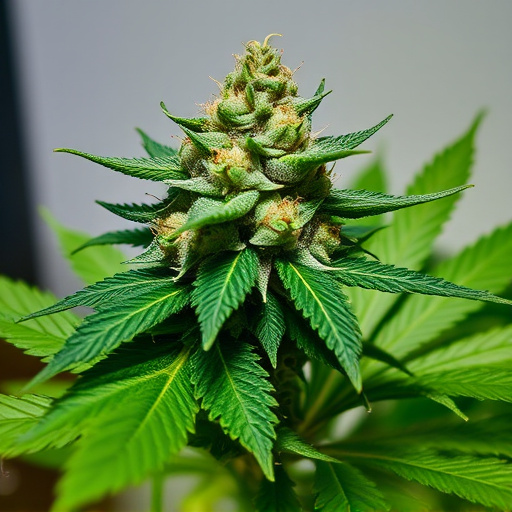
When considering which cannabis strains to infuse into food, it’s crucial to select top cannabis strains that offer a balance of potent cannabinoids and desirable terpene profiles. Popular choices for culinary infusions include Indica and hybrid strains known for their high THC content, as well as specific cultivars renowned for their unique aromatic and flavor characteristics. For example, Blue Dream is celebrated for its fruity, floral notes, while Granddaddy Purple offers earthy, sweet flavors.
Beyond specific strains, look for top cannabis strains with a history of producing consistent, high-quality results. Consider the cannabinoid profile, focusing on strains rich in both THC and CBD, which can offer a more balanced and enjoyable edible experience. Researching cultivators known for their meticulous practices and premium product ensures you’re starting with a superior cannabis base for your culinary creations.
– Understanding different cannabis strains and their effects

When exploring how to infuse cannabis into food, understanding the diverse effects of different cannabis strains is key. Each strain offers a unique combination of cannabinoids and terpenes, which significantly influence the desired outcome—whether it’s relaxation, heightened senses, or pain relief. Familiarizing yourself with top cannabis strains allows for more precise control over the final product. For example, Indica strains are renowned for their calming effects, making them popular choices for those seeking relaxation after a long day. In contrast, Sativa strains are known to stimulate creativity and energy, ideal for morning use or activities requiring heightened focus.
Knowing the specific attributes of popular top cannabis strains like Northern Lights (renowned for its sleep-inducing properties), Blue Dream (often praised for its uplifting and energizing effects), or AC/DC (a balanced strain with potential pain-relieving benefits) can guide your infusing process, ensuring you achieve the desired effect and enhance your culinary experience.
– How terpene profiles impact food infusion
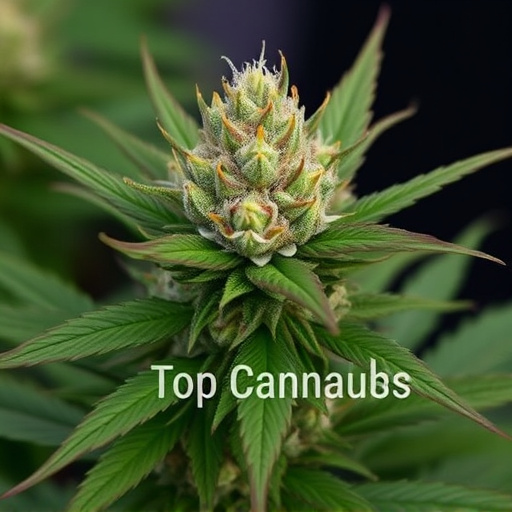
Terpene profiles play a significant role in determining how well cannabis infuses into food. Terpenes are aromatic compounds naturally present in cannabis plants, contributing to their unique flavors and potential therapeutic effects. When choosing a cannabis strain for food infusion, consider its terpene composition. For example, strains high in limonene tend to offer a citrusy aroma and may enhance mood; myrcene is known for its earthy, musky scent and could potentially promote relaxation; while linalool provides a lavender-like fragrance often associated with calming effects.
The interaction between terpenes and other cannabinoids, like THC and CBD, can also influence the final infused product’s effect. Some terpene profiles may enhance or alter the perceived potency of cannabis in food, making it an essential consideration for achieving the desired outcome. Additionally, specific terpene combinations are believed to offer synergistic benefits, enhancing both the taste and potential therapeutic advantages of your culinary creations.
When infusing cannabis into food, selecting the right top cannabis strains is paramount. Understanding the diverse effects and terpene profiles ensures a harmonious blend that enhances your culinary creation. By considering these factors, you can create delectable dishes with a subtle or potent kick, catering to various preferences while adhering to legal guidelines regarding cannabis use.
